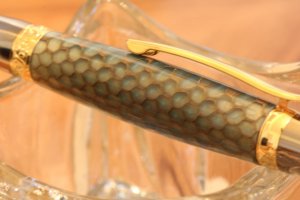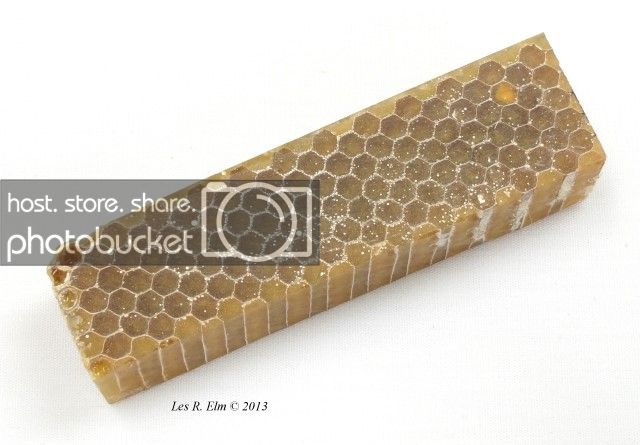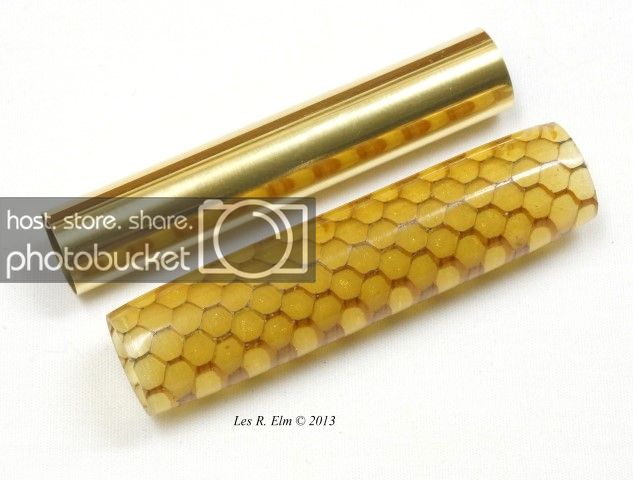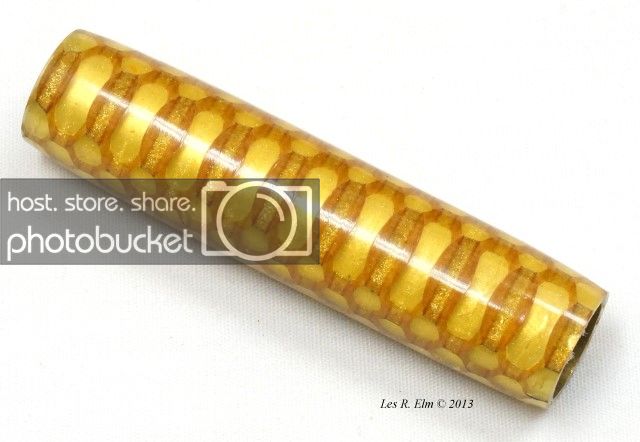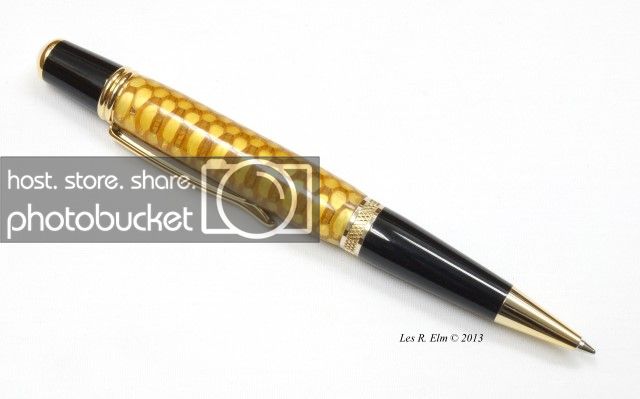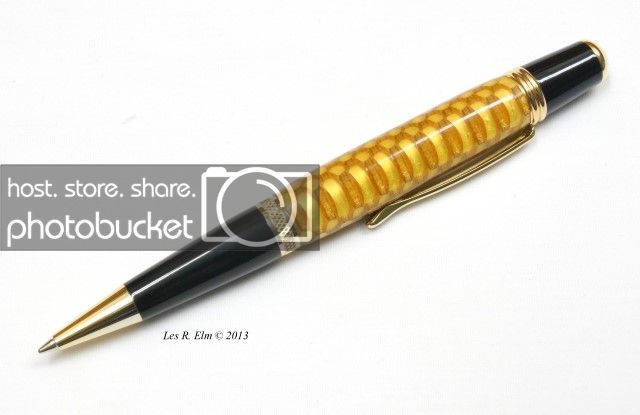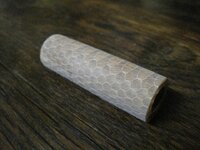StuartCovey
Member
I recently bought some honeycomb pen blanks from Mike. I decided to try one today but ran into some problems. The paper honeycomb kept chipping away. I tried every different tool I had. I had just sharpened all my tools so I don't think that was a problem. Any advise? Am I doing something wrong? I mainly tried to use a a sharp skew barely shaving it away but still no luck.
I posted a pic so you all know what I'm talking about.
Since the honeycomb didn't work I had to make something :frown: So I made a Sierra out of some stabilized oak I had. Posted some pics too.
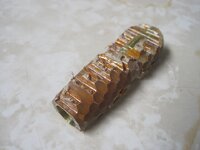
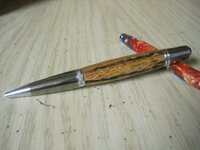
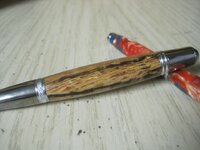
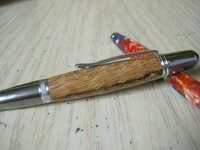
I posted a pic so you all know what I'm talking about.
Since the honeycomb didn't work I had to make something :frown: So I made a Sierra out of some stabilized oak I had. Posted some pics too.




Last edited:

